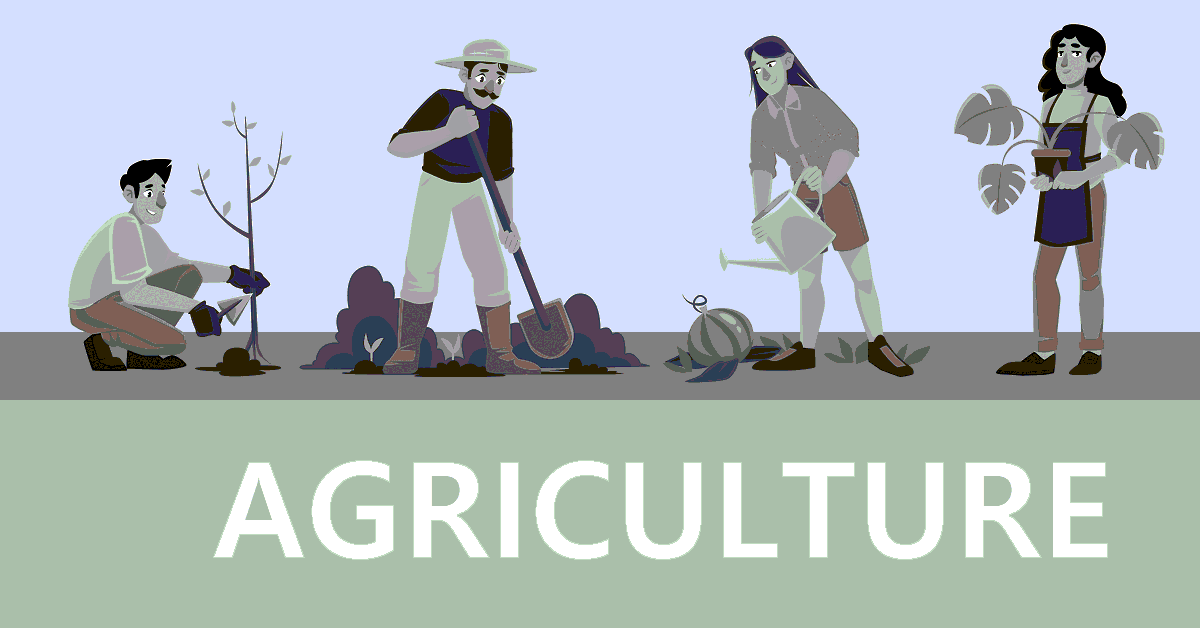
Agriculture is an integral part of Canada's heritage and plays a significant role in the country's economy. From the earliest days of colonization to the present day, agriculture has been a key contributor to the growth and development of Canada. In this article, we will delve into the rich agricultural traditions of Canada, exploring its history, current state, and future prospects.
A Brief History of Agriculture in Canada
Agriculture in Canada dates back to the early days of European colonization when the first settlers brought with them crops and farming practices from their homelands. These early settlers faced many challenges, including harsh climates, rocky soil, and an unfamiliar landscape. However, they persevered, developing innovative farming techniques to overcome these obstacles.
As the country grew and developed, so did its agricultural industry. In the 19th century, the arrival of the railway opened up new markets for Canadian farmers, allowing them to expand their operations and reach new customers. By the 20th century, Canadian agriculture had become a major contributor to the national economy, with farming practices and technologies evolving to meet the changing needs of a growing population.
The Current Agricultural Industry in Canada
Today, the agricultural industry in Canada is a major contributor to the national economy, generating over $100 billion in economic activity each year. The country is a leading producer of many crops, including wheat, canola, soybeans, corn, and barley. These crops are grown in various regions of the country, with the prairies being particularly well-suited for large-scale grain production.
In addition to traditional crops, the Canadian agricultural industry is also a leading producer of specialty crops such as fruits, vegetables, and maple syrup. The country is also known for its dairy and livestock production, with a thriving dairy industry in Quebec and Ontario and a strong beef industry in Alberta and Saskatchewan.
Traditional Farming Techniques and Their Impact on Modern Agriculture in Canada
Traditional farming techniques have played a significant role in shaping modern agriculture in Canada. These techniques, passed down from generation to generation, have been refined and adapted to meet the changing needs of Canadian farmers. For example, the use of cover crops, crop rotation, and intercropping has helped to improve soil health and increase crop yields.
In recent years, there has been a resurgence of interest in traditional farming techniques, with many farmers incorporating these practices into their operations. According to a renowned Canadian agricultural expert, "Preserving and incorporating traditional farming techniques is essential for the future of agriculture in Canada. These techniques provide a foundation for sustainable agriculture, ensuring that our land and resources are managed in a way that is both economically and environmentally sound."
The Role of Indigenous Communities in Preserving Agricultural Traditions in Canada
Indigenous communities have a long and rich history of agriculture in Canada, with many traditional farming practices and techniques being passed down through generations. These communities have a deep connection to the land and a unique understanding of its potential, playing a vital role in preserving Canada's agricultural heritage.
In recent years, many indigenous communities have worked to revitalize their traditional agricultural practices, incorporating these techniques into their operations. This has helped to preserve their cultural heritage and strengthen their connection to the land.
The Impact of Technology on the Agricultural Industry in Canada and its Future Prospects
Technology has had a profound impact on the agricultural industry in Canada, with new technologies and innovations being developed and adopted at a rapid pace. For example, precision agriculture technologies such as drones, sensors, and GPS have helped farmers to increase efficiency, improve yields, and reduce waste.
However, technology is also changing the nature of agriculture in Canada, and the future looks promising. With the use of advanced technologies such as precision agriculture, farmers are able to increase efficiency and productivity, reduce waste and minimize the impact of farming on the environment. Precision agriculture involves the use of digital tools to manage farm inputs, such as water, fertilizer, and seeds, and monitor crops. With the use of sensors, drones, and other technologies, farmers can gather data to make informed decisions about planting and harvesting.
According to a report by the Canadian Agriculture and Agri-Food Economic Council, the Canadian agricultural industry is expected to continue to grow in the coming years, driven by increasing demand for food globally and growing consumer interest in sustainable and locally-grown food. The report states that the Canadian agricultural sector is poised to take advantage of new market opportunities, with exports expected to reach $75 billion by 2025.
Conclusion
In conclusion, Canadian agriculture is rich in traditions and heritage, and has played a significant role in shaping the country's history. From the early settlers who cleared the land and established the first farms, to the modern-day farmers who are using cutting-edge technology, the agricultural industry has continued to evolve over time. The preservation of traditional farming techniques and the integration of technology has allowed for the growth of the agricultural industry in Canada and has provided a promising outlook for the future.
As the Canadian agricultural industry continues to grow, it is important to remember and preserve the traditions and heritage that have shaped it. The role of indigenous communities in preserving traditional farming practices, as well as the efforts of farmers to incorporate these techniques into their modern practices, are critical to ensuring the future success of Canadian agriculture. By providing valuable information on the history and current state of agriculture in Canada, it is our hope that this article will contribute to the ongoing effort to support and sustain this important industry.
Agricultural Science




